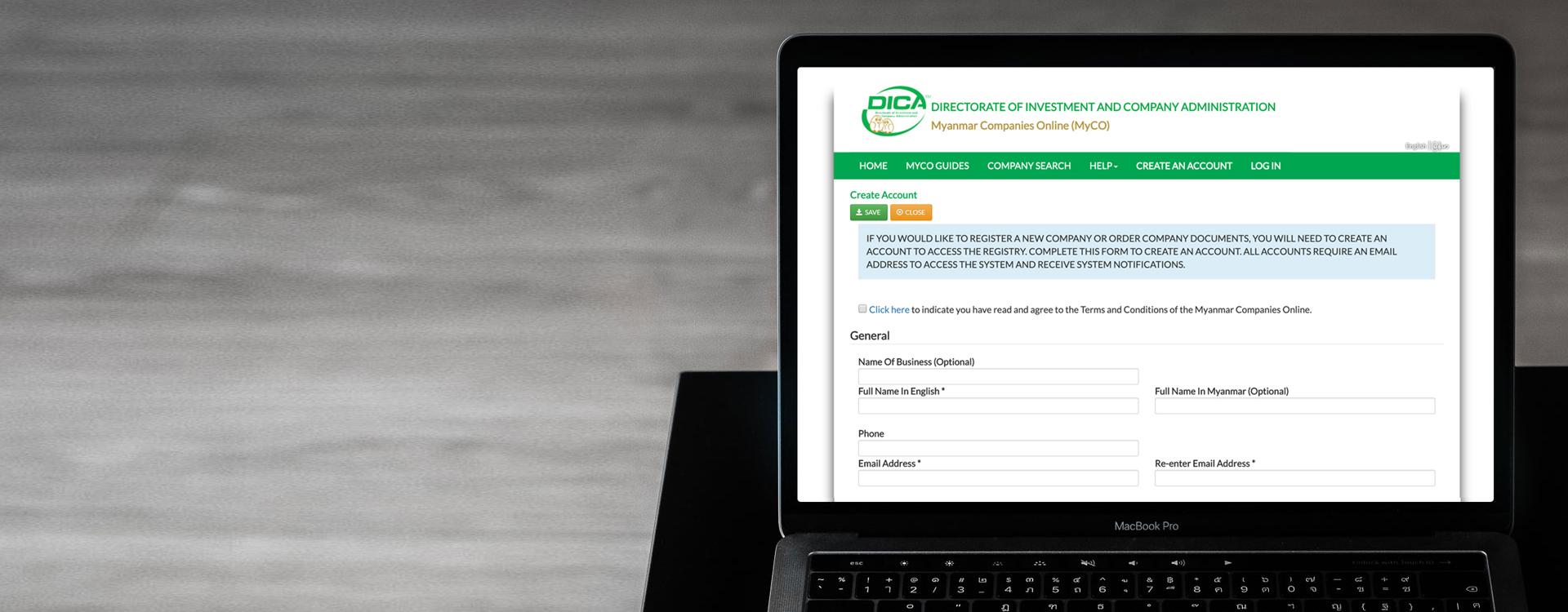
Ministry of Investment and Foreign Economic Relations (MIFER),The Republic of the Union of Myanmar

Ministry of Investment and Foreign Economic Relations (MIFER),The Republic of the Union of Myanmar




Myanmar Online Investment Directory
MyInDy supports contact information easy to find via online
Myanmar Companies Online
Register your business on Myanmar Compaines Online (MyCo) now
 FACILITATE BUSINESS
FACILITATE BUSINESS PROMOTE INVESTMENT
PROMOTE INVESTMENT SUSTAIN THE COUNTRY'S DEVELOPMENT
SUSTAIN THE COUNTRY'S DEVELOPMENTShan State Investment Monitoring Team conducted field inspection to maize cultivation with cooperative contract farming system; Corn drying and export business, the production and export of dried corn, operating under the Myanmar Investment Law in the area of Southern Shan State; Nyangshwe Township and Taunggyi Township, on July 18th 2025. The team assisted and coordinated the requirements of the companies.
POSTED ON 18 Jul 2025Nay Pyi Taw Investment Monitoring Team conducted a field inspection to investment projects which are Manufacturing of excavator bucket, Manufacturing of steel beed/wire, crumb rubber, rubber tiles, textile cord (polyamide thread) and processed tyre, Processing, Frozen, Production and Marketing of Vegetables and Fruits, the manufacturing of Jacket, Happi and Pants on CMP basis and Aung Thapyay Cinema Industry (2D/3D screening) in Nay Pyi Taw on 16th July 2025. The team inspected on the project implementation and coordinated necessaries of the project.
POSTED ON 18 Jul 2025Myanmar Investment Commission approved nine foreign investment projects and 26 local ventures yesterday. These 35 projects cover industry, oil and natural gas, hotels and tourism, service, electric, agriculture, livestock, marine, construction and mining sectors, and the total investment amounts US$72.865 million and K672,835.265 million, creating 9,220 jobs for locals. State Administration Council Member Deputy Prime Minister General Mya Tun Oo, who is also Chair of the Myanmar Investment Commission, and commission members attended the meeting.The meeting of the Myanmar Investment Commission in progress yesterday, presided over by SAC Member Deputy Prime Minister MoTC Union Minister General Mya Tun Oo.As of the end of June 2025, among the 53 investing countries, Singapore, China, and Thailand are the leading countries with the largest foreign investments in the country. Of 12 sectors, the power sector accounts for 28.33 per cent by drawing the most significant investments, followed by the oil and natural gas sector (24.68 per cent) and the industrial sector (14.54 per cent). The Myanmar Investment Commission oversees and approves investment project proposals from locals and overseas, as well as serving existing investors under the Myanmar Investment Law.
POSTED ON 18 Jul 2025As the primary interface between businesses and the government, DICA is mandated to promote private sector development and to boost domestic and foreign investment by creating a conductive investment climate.
Registration is the first step a businessperson will be required to take before incorporating a company or making an investment in Myanmar, whether that person is a citizen of Myanmar or a foreigner. In accordance with the Myanmar Companies Law 2017, a company may be registered in one of the following forms:
The Myanmar Investment Commission (MIC) is responsible for verifying and approving investment proposals and regularly issues notifications about sector-specific developments. The MIC is comprised of representatives and experts from government ministries, departments and governmental and non-governmental bodies.